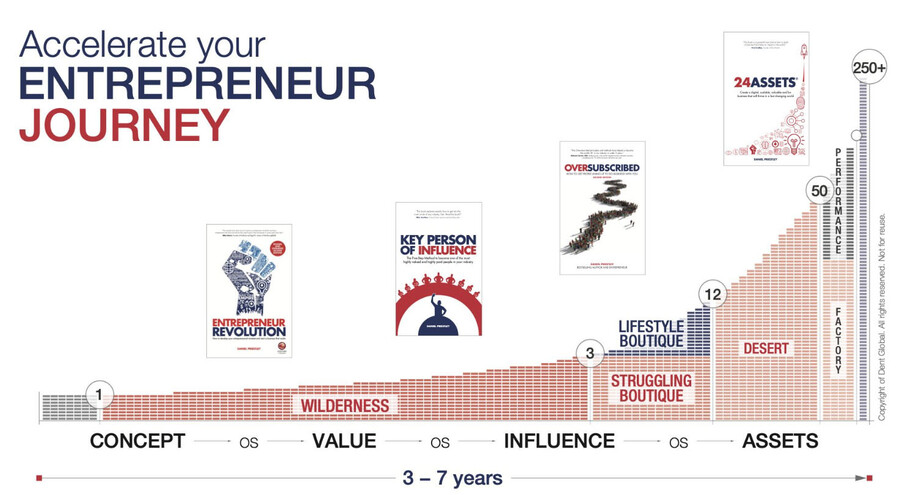 Anyone who has managed a team or has employees will be familiar with the sandwich approach to giving critical feedback.
Anyone who has managed a team or has employees will be familiar with the sandwich approach to giving critical feedback.
Be polite, non-confrontational, tell them what a fantastic job they are doing, then maybe ask them if they could just try getting out of bed a bit earlier, then finish with isn't everything going well and have a great weekend.
In reality, the only bit the employee remembers is you fumbling around having a dig about their timekeeping and then gets the hump, potentially creating a toxic environment as they gossip to co-workers about your weak leadership style.
There is a different approach attributed to author Joy Baldridge called the velvet hammer, and I must admit I think it works so much better than the traditional s**t sandwich approach.
"gossip to co-workers about your weak leadership style"
Taking the poor timekeeping example (but can be applied to anything), the approach goes something like this. Start with a positive icebreaker, eg "can you help me with something?" Set the scene that this is an exchange where you need their help and assistance. Few people will be put off by this.
Then go straight for the kill, outline the issue then invite joint discussion to resolve it, removing confrontation and turning it into an opportunity to acknowledge and resolve.
"Hi Frank, you've been continually late getting to the office, and I have had a few clients saying you have missed calls. I was wondering what's causing the problem, because it cannot continue."
According to Joy, the word "because" is one of the 30 most persuasive words, as everyone wants to know what comes after it. Joy then continues: "asking what the person suggests we do is powerful because people are persuaded most by their own words. The approach is designed to be non-threatening, compassionate, and open-minded. It finds positivity in the way you communicate, manage, and lead, especially when you need to correct problematic behaviour."
"because" is one of the 30 most persuasive words
So rather than trying to disguise bad feedback in between thinly veiled sugar-coated praise, you address it head-on and try and find a solution and fix the issue. There is no skulking around the office or tiptoeing around an issue, just positive action, with a declared outcome.
If it's a serious issue that is unable to be rectified, then that outcome will be obvious and can be managed appropriately, such as 1 to 1 meetings, performance reviews and if required, managed out of the business. But better to be a leader that addresses things head-on, rather than avoids and stores up problems for tomorrow.
What kind of leader are you? ![]()


